10 Ways Cat Seek Comfort After They’ve Been Scared
Cats may pretend to be cool, calm overlords of the house—but one loud bang or sudden sneeze and they’re suddenly Olympic sprinters. When fear strikes, even the sassiest feline looks for safety and comfort—fast.
From vanishing under furniture to demanding snuggles on their terms, scaredy-cats have all sorts of coping mechanisms. If you know what to look for, you can help your little fluffball feel safe, secure, and back to judging you silently.
Hiding in Their Favorite Spot
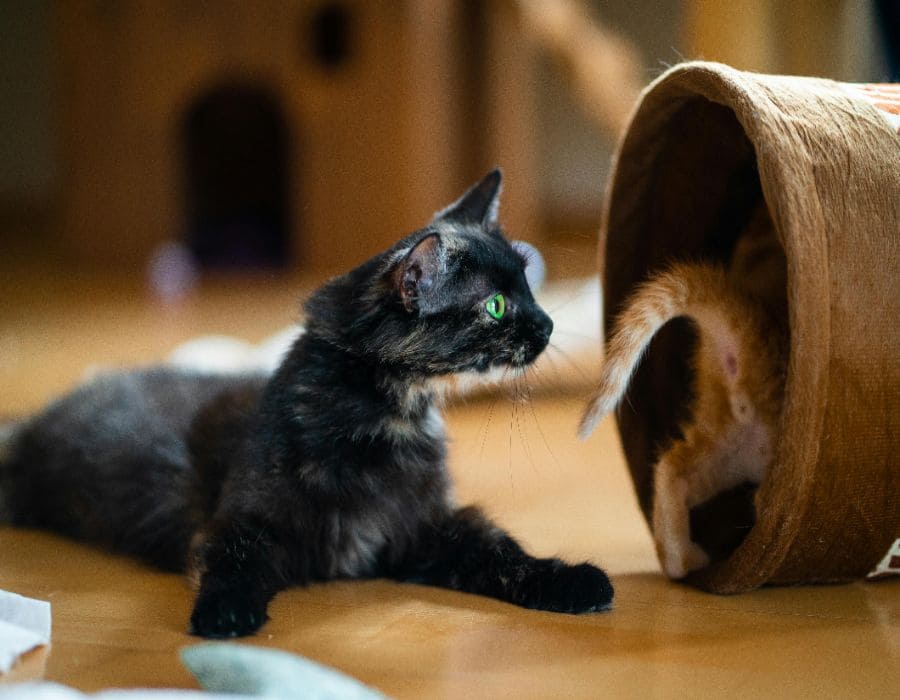
First instinct? Disappear. Whether it’s behind the couch, under the bed, or in the laundry basket, cats bolt to their safe zone until they decide the coast is clear—and the vacuum has stopped growling.
Extra Grooming Sessions
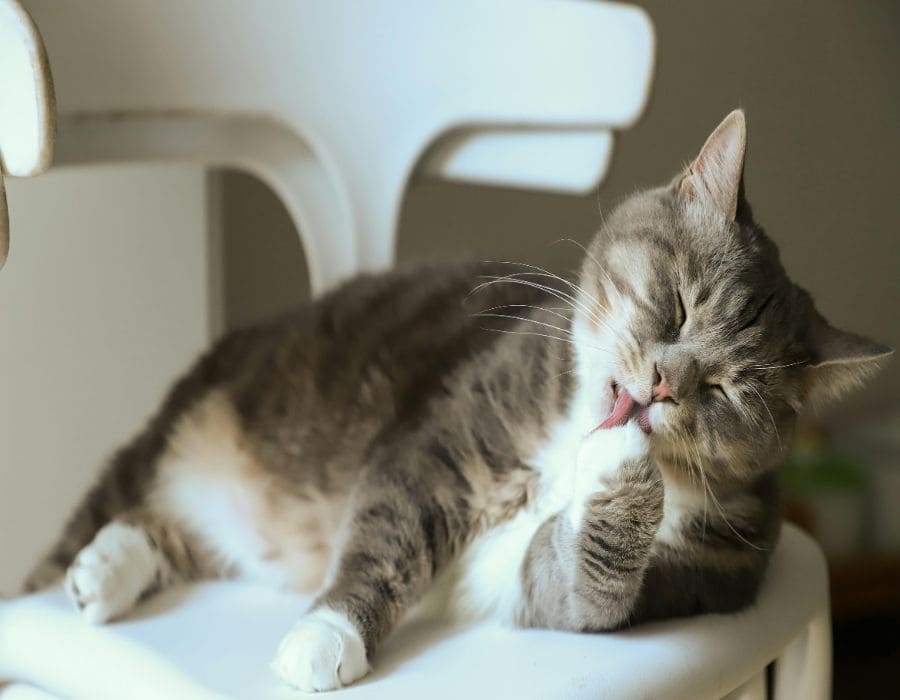
Stress grooming is real. Some cats lick themselves into a frenzy after a scare. It’s their way of self-soothing, though too much can be a sign to intervene with some calm cuddles or vet advice.
Seeking High Ground
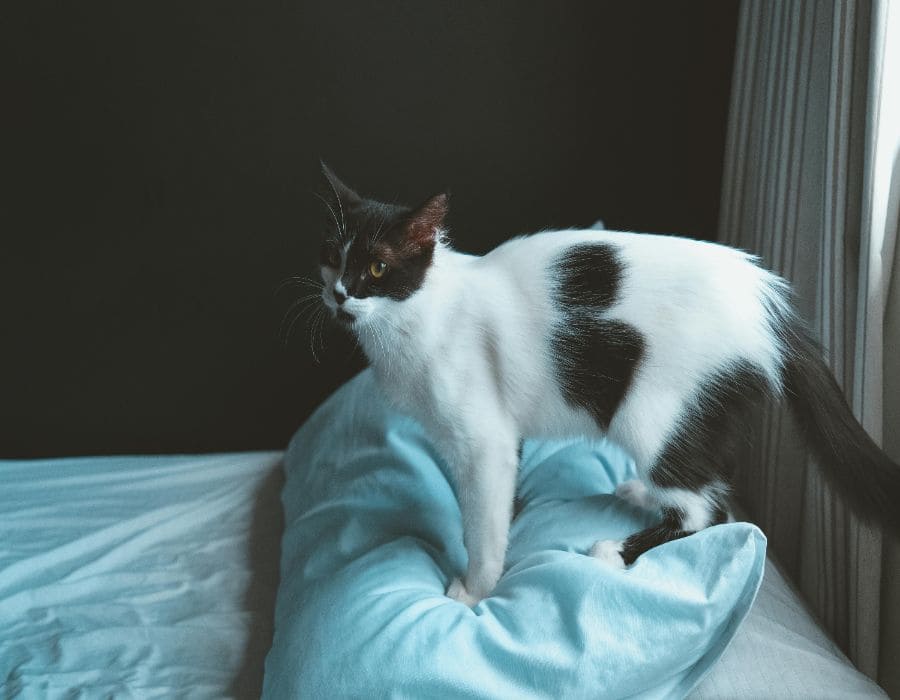
When the floor feels threatening, cats climb. Perching on shelves, cat trees, or even your fridge gives them a safe vantage point to observe the chaos from above—like a mildly annoyed house panther.
Curling Up Next to You

Some cats, when shaken, turn into velcro. They may crawl into your lap or follow you like a shadow. If your cat suddenly acts like your emotional support animal—it might be because they need support.
Slow Blinking and Staying Still
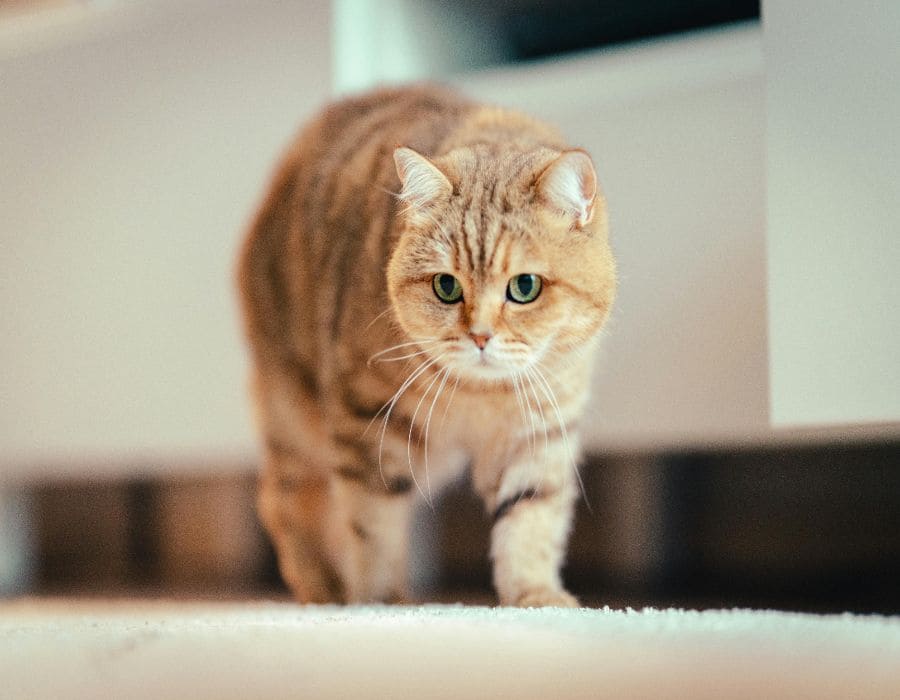
A freaked-out cat may settle into one spot and just… stare. Slow blinking, ears on alert, and a low posture are signs they’re calming themselves. They’re not judging you—okay, maybe just a little.
Meowing More Than Usual

Vocal cats may talk it out after a scare. Meows can range from confused to complaining. If your kitty suddenly gets chatty after thunder claps, they might just be asking, “Was that really necessary?”
Tail Tucked and Ears Back
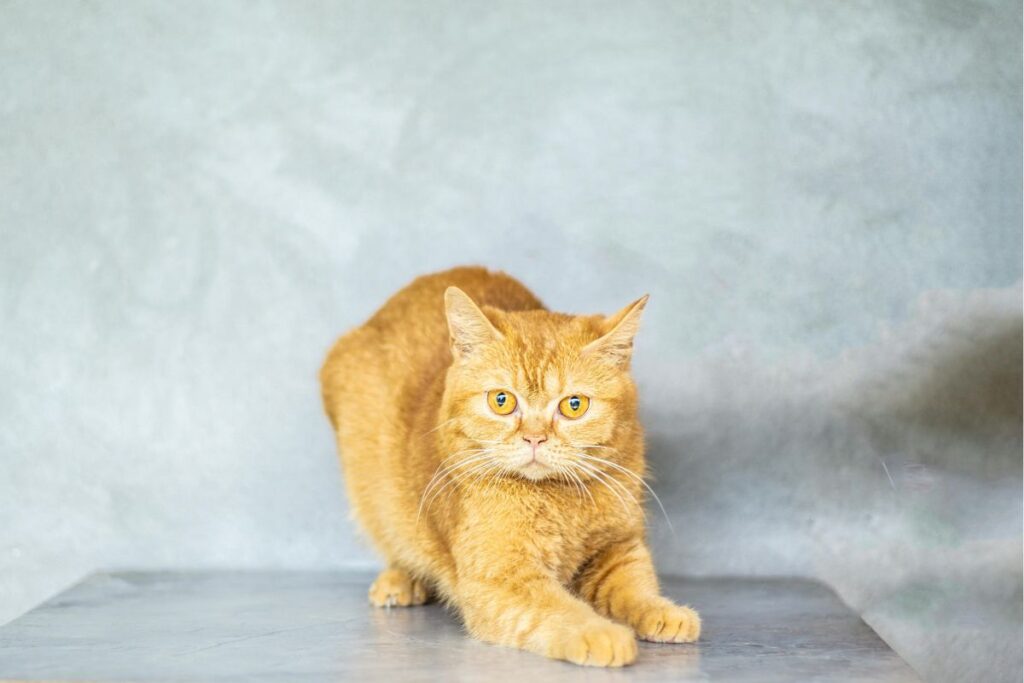
Body language tells all. A tail tucked tightly and ears pinned back mean your cat is still on edge. Give them time and space—and don’t take it personally if they ignore you for a bit.
Rubbing on Familiar Objects
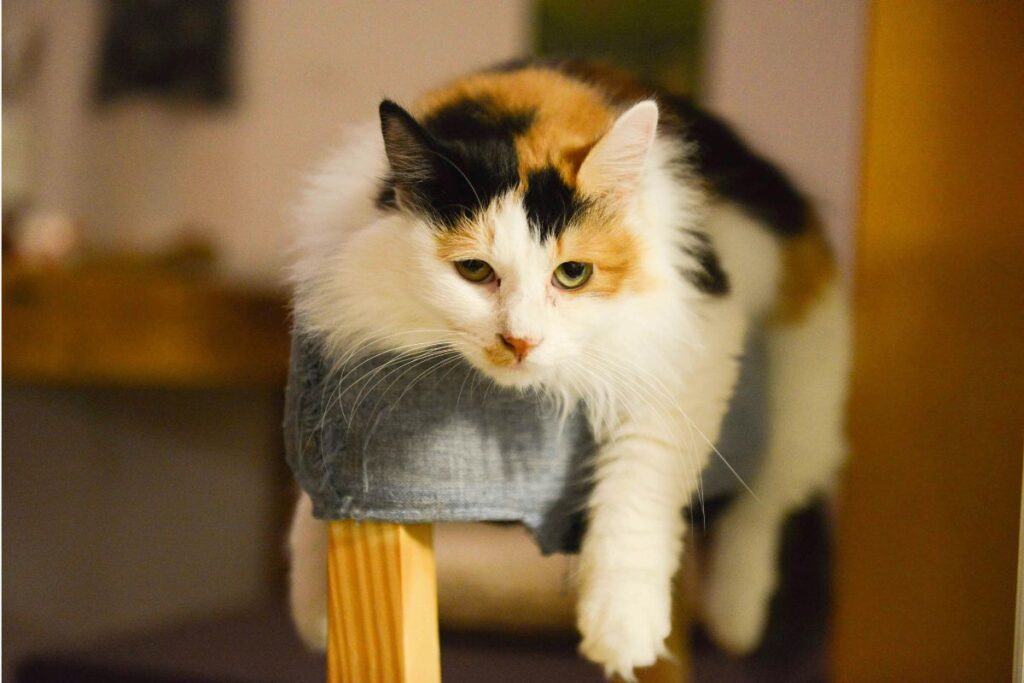
To reclaim their territory and sense of control, some cats rub their faces on furniture or even your leg. It’s not just cute—it’s them saying, “This is mine. This is safe. Okay, I’m okay.”
Sleeping It Off
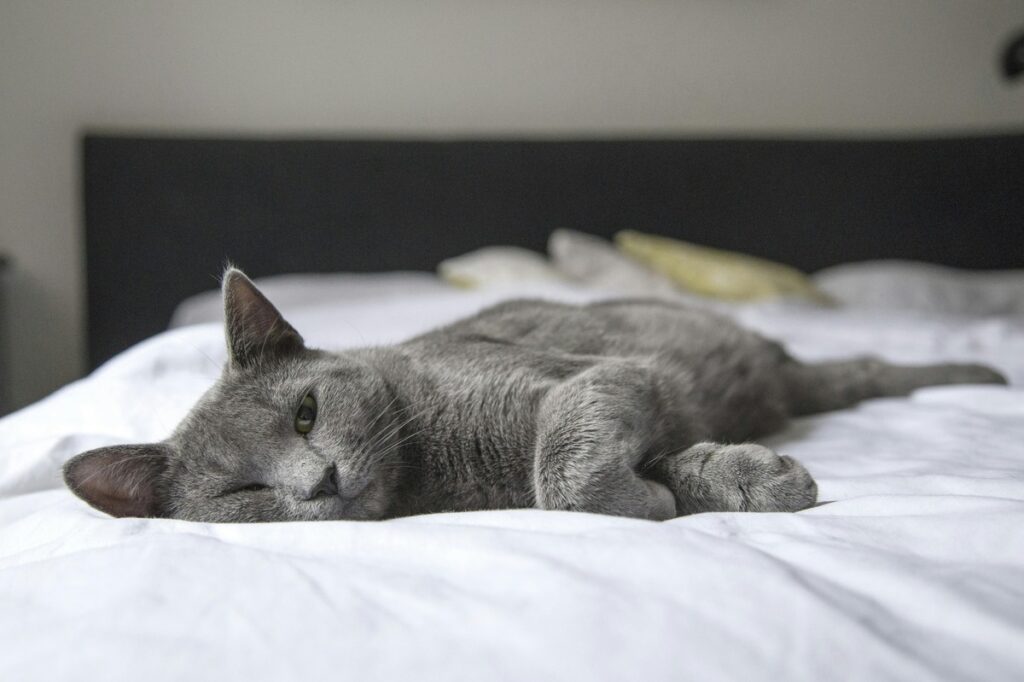
Fear is exhausting. Don’t be surprised if your cat crashes for a nap after a fright. A deep, tucked-in snooze helps them reset. Just don’t try to pet them mid-nap—they’re still recovering their dignity.
Playtime as a Distraction
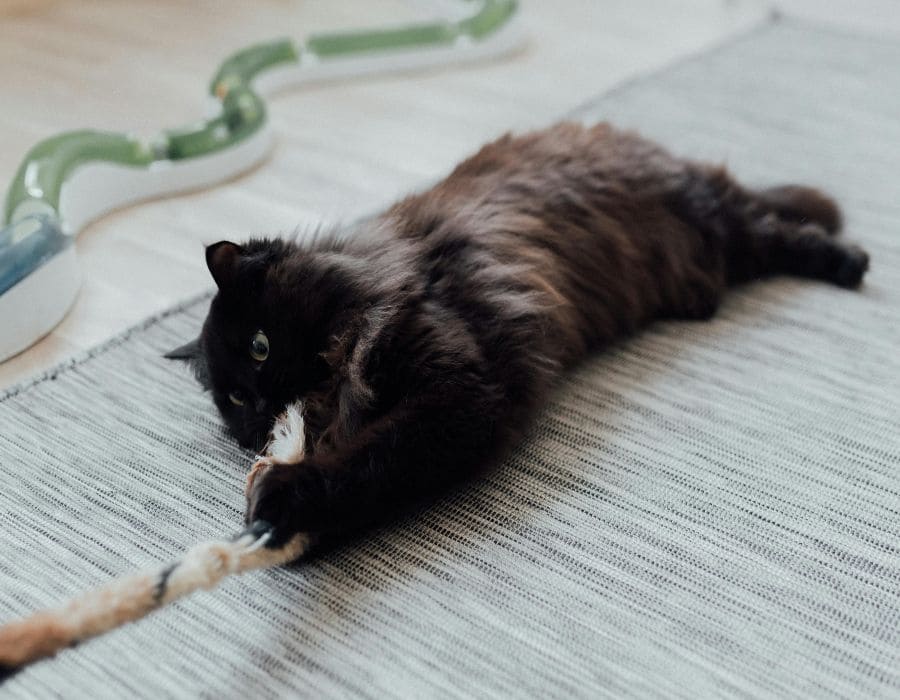
Once the fear fades, play is the perfect therapy. Wand toys, laser pointers, or even a balled-up sock can lure them out and rebuild confidence—one pounce at a time.
Fur-getting the Fear
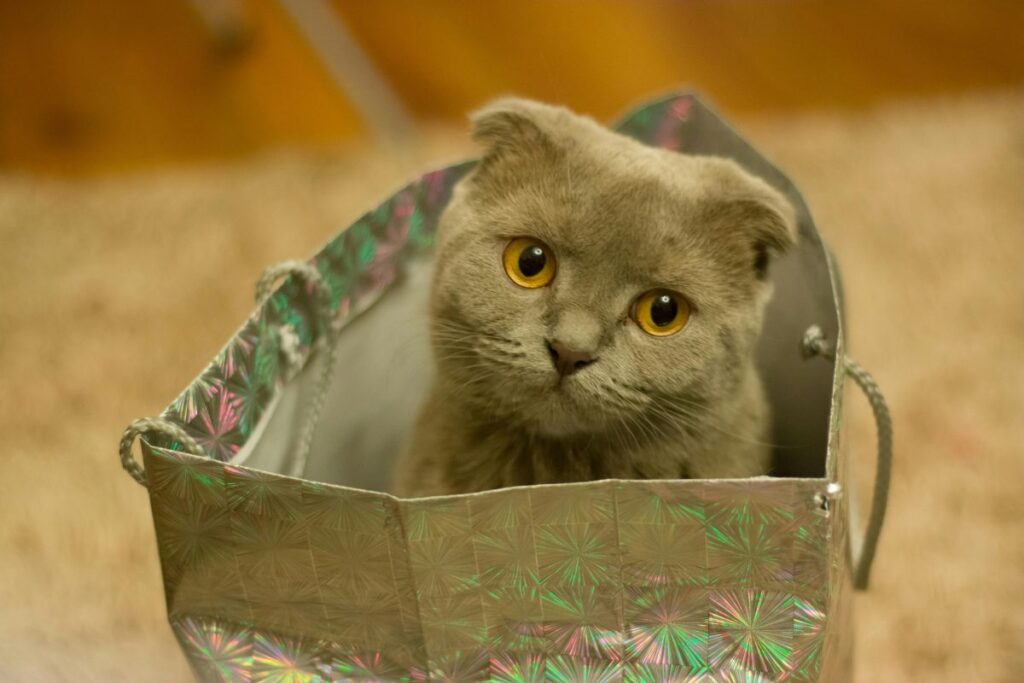
Cats bounce back on their own timeline, but a little understanding goes a long way. By recognizing these comfort cues, you help your cat recover from their fright—and maybe earn a few extra slow blinks of trust.






